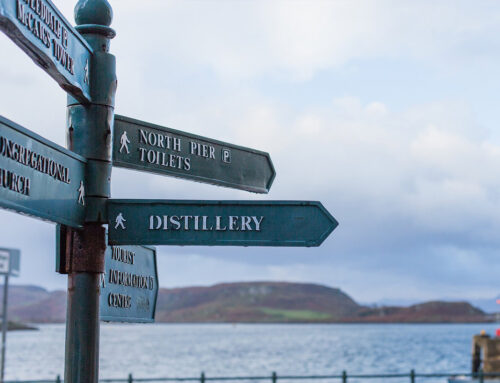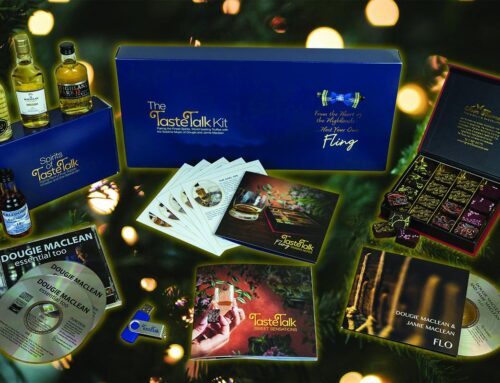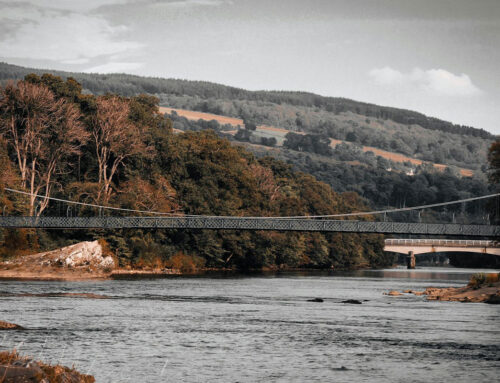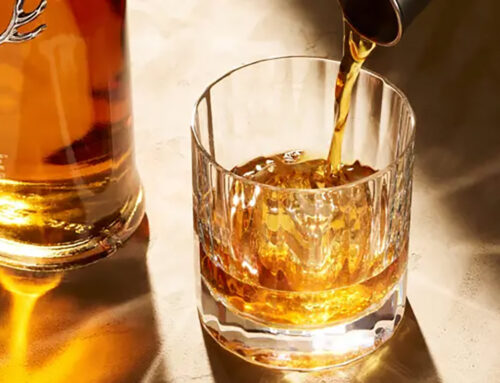Hogmanay Celebrations in Scotland
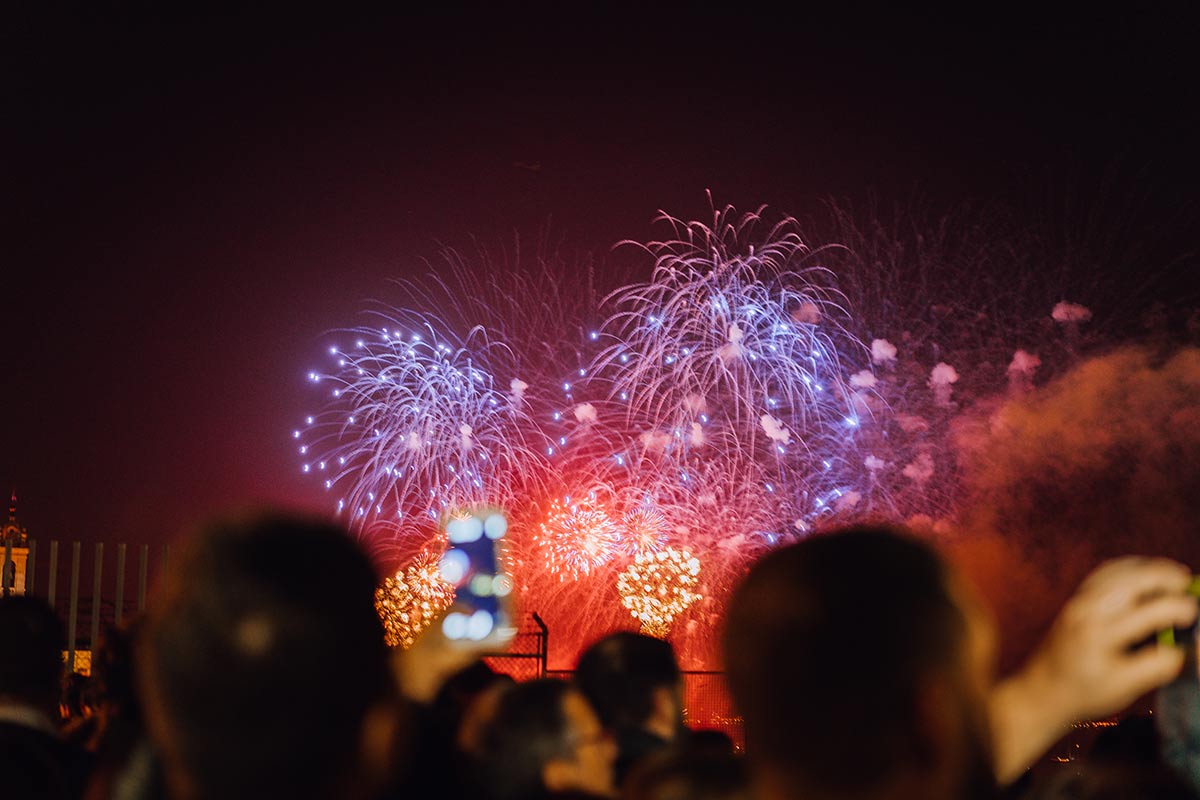
Hogmanay is the Scots word for the last day of the old year and holds immense significance as it rings in the New Year. It’s far more than just a New Year’s Eve celebration; it is a vibrant and rich cultural tradition steeped in history, infused with the spirit of hospitality, and bursting with life. The festivity involves various customs, such as first footing, singing Auld Lang Syne, fire ceremonies, and, of course, enjoying Scotland’s finest whiskies.
Significance in Scotland
In Scotland, Hogmanay is one of the most anticipated and celebrated times of the year, often surpassing Christmas in its grandeur and conviviality. The Scots return to their roots, embracing age-old traditions and local customs, all while welcoming friends, family, and even strangers into their homes with warm hearts. The air is filled with the melody of bagpipes, the sky lights up with spectacular fireworks, and the streets of cities, especially Edinburgh, come alive with grand street parties and torchlight processions.
The significance of Hogmanay in Scotland can be traced back to the winter solstice among the Vikings, with influences of invading Vikings and ancient local customs contributing to the celebration’s unique flavour. The festival embodies the Scots’ spirit of adventure, their unique cultural heritage, and their unyielding hope for the year ahead.
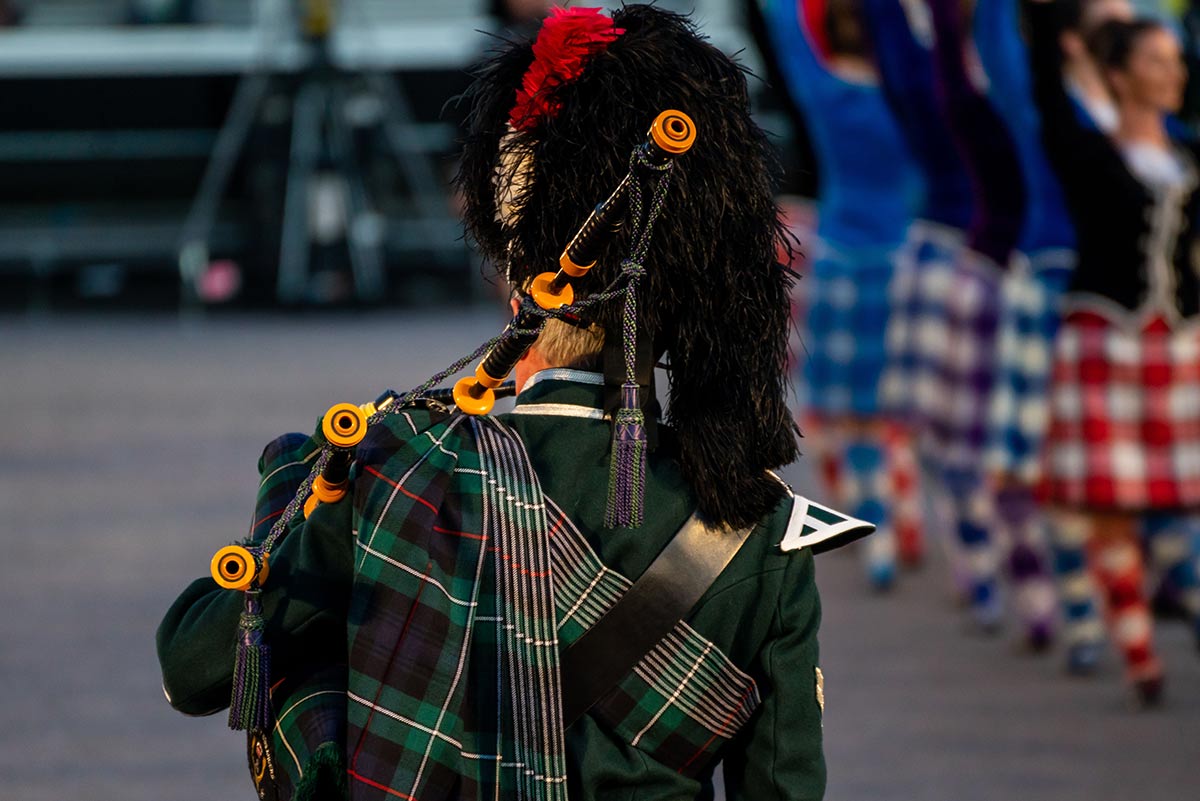
Historical Roots of Hogmanay
To begin with, the word “Hogmanay” itself is enveloped in a layer of mystery. Though undeniably a Scottish word, its origins remain subject to debate among scholars. Some suggest it’s derived from the Norse word for the feast preceding Yule, while others lean towards a variation of the French word “hoginane”, meaning ‘gala day’.
Regardless of its etymological roots, “Hogmanay” has become synonymous with joyous celebrations and Scottish cultural heritage, setting the stage for grand New Year festivities in Scotland.
Connection with Winter Solstice and Viking Days
Delving deeper into the historical roots of Hogmanay, one finds a compelling connection with the Winter Solstice, the shortest day of the year, celebrated for the return of the sun.
Before Scotland was introduced to Christianity, its inhabitants—primarily Picts and Vikings, marked the Winter Solstice with bonfires, symbolising the power of light over darkness and the hope of longer days. The invading Vikings also brought their tradition of celebrating the Solstice, blending their customs with the locals, sowing the seeds for the Hogmanay we know today.
The Evolution from Old Hogmanay to Modern New Year’s Eve Celebrations in Scotland
Hogmanay has undergone a fascinating evolution, from the early days of fire festivals marking the end of the old year to today’s lively street parties and grand fireworks.
The tradition of first-footing, where the first person to enter a home after the clock strikes midnight brings good luck, has its roots in ancient customs and superstitions about warding off evil spirits. This blend of the old with the new, the sacred with the celebratory, makes Hogmanay a unique festival deeply ingrained in Scottish culture.

Core Elements of Hogmanay Celebrations
Let’s look at the core elements of Hogmanay celebrations, unravelling the significance of First Footing, the tradition of singing ‘Auld Lang Syne’, and the symbolic use of fire and light in torchlight processions and ancient rituals. Discover how these customs embody unity, renewal, and the spirit of welcoming the New Year in Scotland.
First Footing: Traditions and Symbolic Gifts
The first footing tradition is a cornerstone of Hogmanay celebrations. According to this custom, the first person to enter a household after the clock strikes midnight is called the ‘first-footer’ and is believed to bring good luck for the year ahead. The first footer often brings symbolic gifts – including coins, salt, black bun, and whisky – representing prosperity, flavour, food, and good cheer, respectively.
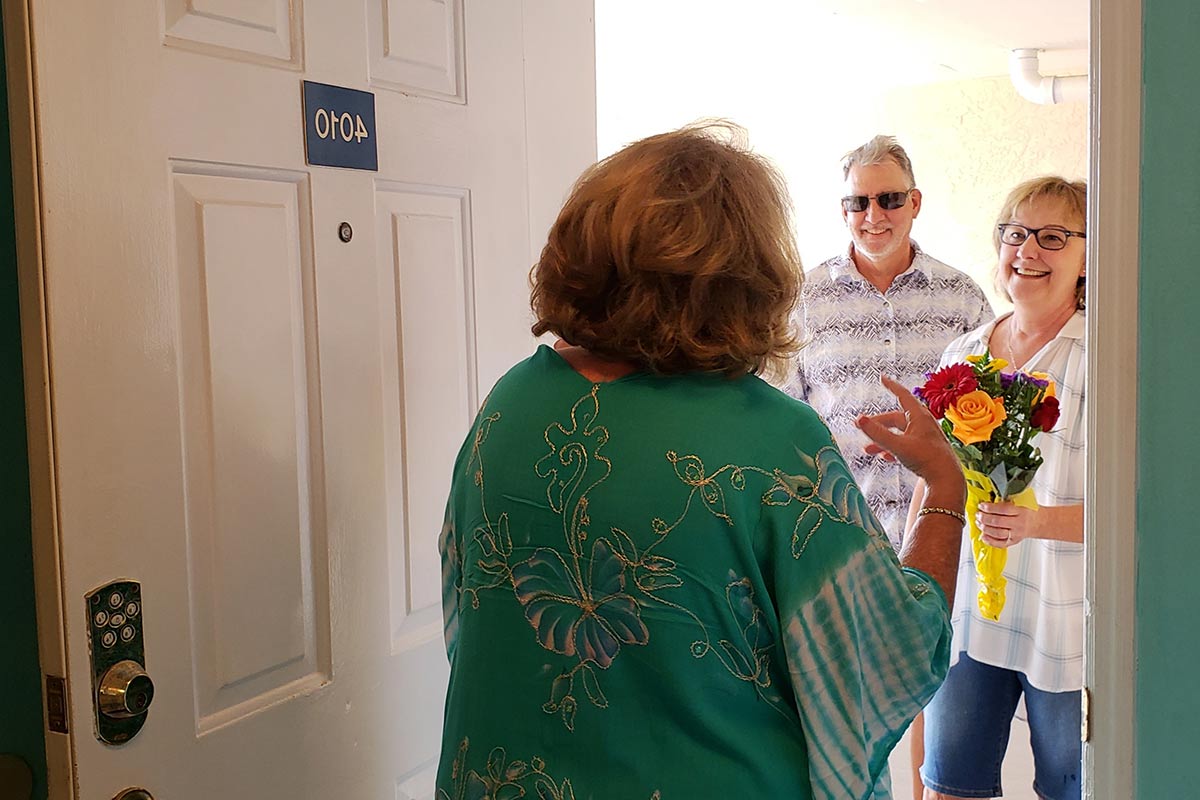
Singing Auld Lang Syne: Importance and Tradition
No Hogmanay celebration would be complete without the singing of “Auld Lang Syne.” This Scots language poem, penned by Robert Burns, is sung worldwide on New Year’s Eve but holds particular significance in Scotland. As the clock strikes midnight and fireworks light up the sky, friends and strangers join hands and sing, symbolising unity and the passing of the old year into the new. The tradition serves as a poignant reminder of old and new friendships and the enduring spirit of togetherness.
Fire and Light: Torchlight Processions and Burning Balls
Fire has long been a central element of Hogmanay, symbolising the power of light over darkness, hope, and the sun’s rebirth. The torchlight processions in Edinburgh and other cities are a modern reflection of ancient customs, with thousands of individuals parading through the streets with flaming torches, culminating in a spectacular fireworks display.
In Stonehaven, the tradition of swinging burning balls of fire above one’s head and throwing them into the sea symbolises casting away the old year’s evils, bringing purification and renewal.
Public Holiday: New Year’s Day Significance
Following the lively celebrations of Hogmanay, New Year’s Day is a public holiday in Scotland, allowing Scots to recover and spend time with friends and family. Traditionally, New Year’s Day is marked by various local customs and events, including the Loony Dook – a chilly dip in the River Forth – and various sporting events, reflecting the diverse ways Scots welcome the new year.
Local Customs Across Scotland
Scotland is a land of diverse traditions, and Hogmanay is no exception. From the fire festivals of the Highlands to the street parties of Edinburgh, each region has its unique customs and celebrations.
In Burghead, the ‘Burning of the Clavie’ involves a barrel of tar set ablaze and carried around the town, while in South Queensferry, people dress in fancy costumes for the Loony Dook. These varied local customs and shared traditions of first-footing and singing Auld Lang Syne reflect the rich tapestry of Scotland’s cultural heritage.

Edinburgh’s Grand Hogmanay Street Party
As the clock strikes midnight and the old year gives way to the new, Edinburgh’s Hogmanay transforms the historic Scottish capital into a festive jubilee, drawing people from across the world.
Renowned for its vibrancy and spirited celebrations, Edinburgh’s Hogmanay is a spectacle that epitomises the essence of Scottish New Year’s Eve celebrations, showcasing a medley of street parties, live music, and remarkable firework displays.
Firework Displays and Celebrations
As the celebrations continue into the early hours of the new year, the skies above Edinburgh Castle are illuminated with captivating firework displays.
The Hogmanay fireworks are a spectacle in the sky, marking the year’s final day with vibrant colours and thunderous sounds. The sight of fireworks over the historic castle provides a warm welcome to the year ahead and is a memorable highlight of Scotland’s Hogmanay traditions.
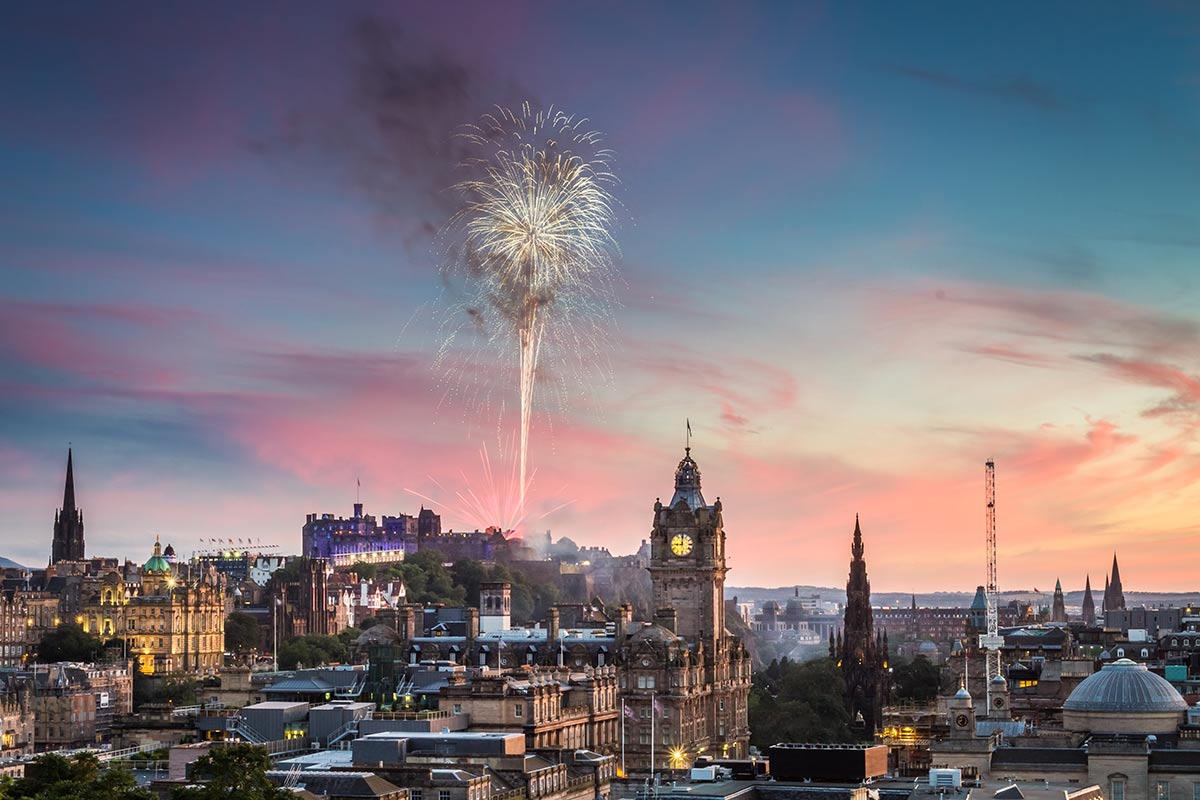
Varied Celebrations Across Scotland
While Edinburgh’s grand street parties and firework displays attract worldwide attention, the local customs and traditions across Scotland offer a diverse and rich tapestry of celebrations. In some areas, first footing remains a significant custom, where the first person to enter a home after the clock strikes midnight is believed to bring fortune based on their appearance and the symbolic gifts they carry, such as coal or black bun.
The Biggar Bonfire: A Unique Tradition
In the quaint town of Biggar, locals gather every New Year’s Eve to celebrate Hogmanay uniquely. The Biggar Bonfire, a tradition dating back centuries, lights up the last day of the year. Residents and visitors alike join hands around the massive fire, symbolising unity and the human spirit’s warmth against the winter chill. The fire, a symbol of light during the shortest day around the winter solstice, represents the hope and promise of the year ahead.
Stonehaven’s Fireball Ceremony
Further north, in the coastal town of Stonehaven, another fiery tradition marks Hogmanay – the Fireball Ceremony. Participants swing flaming balls of fire above their heads as they parade through the High Street, creating a spectacle of light and warmth. This tradition, rooted in Scotland’s Viking days, is believed to ward off evil spirits and bring good luck for the new year. The ceremony concludes with the burning balls being cast into the harbour, symbolising the dispelling of the old year’s troubles.
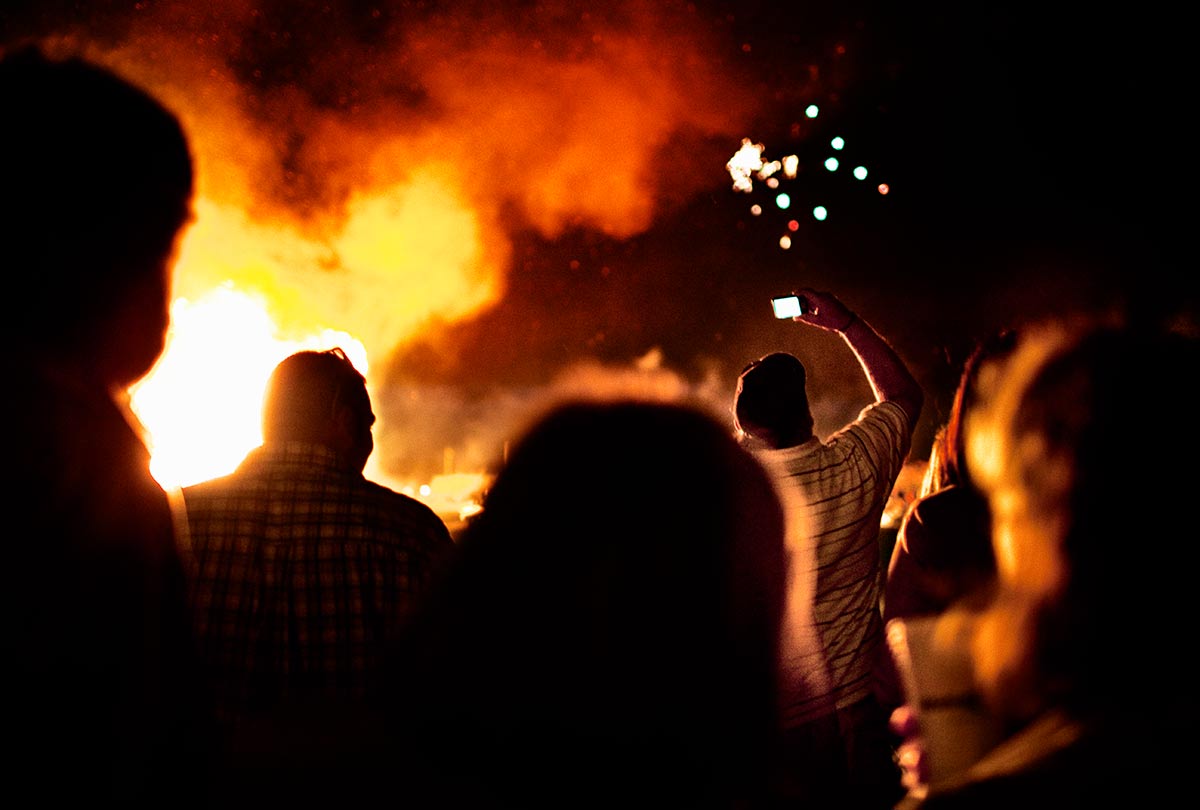
Food and Drink: Essential Components of Celebration
At Hogmanay parties across Scotland, traditional foods play a central role in year-end celebrations. One such delicacy is the black bun, a fruitcake encased in pastry, often given as a gift during first footing. Sharing this and other foods is seen as a means of bringing luck and prosperity for the year ahead.
The Role of Whisky in Hogmanay Celebrations
Whisky, the water of life, is revered in Scottish culture, especially during Hogmanay celebrations. Toasting to the old year’s final moments and the arrival of the new with a dram of whisky is a cherished tradition. Whisky symbolises warmth, friendship, and the spirit of Scotland, connecting revellers to the country’s rich heritage.
Taste Talk’s Whisky and Chocolate Pairing Kits
Taste Talk of Dunkeld offers whisky and chocolate pairing kits to elevate the Hogmanay celebrations. These curated sets allow enthusiasts to explore the harmonious marriage of flavours, enhancing the celebratory experience and providing a modern twist to traditional indulgences.
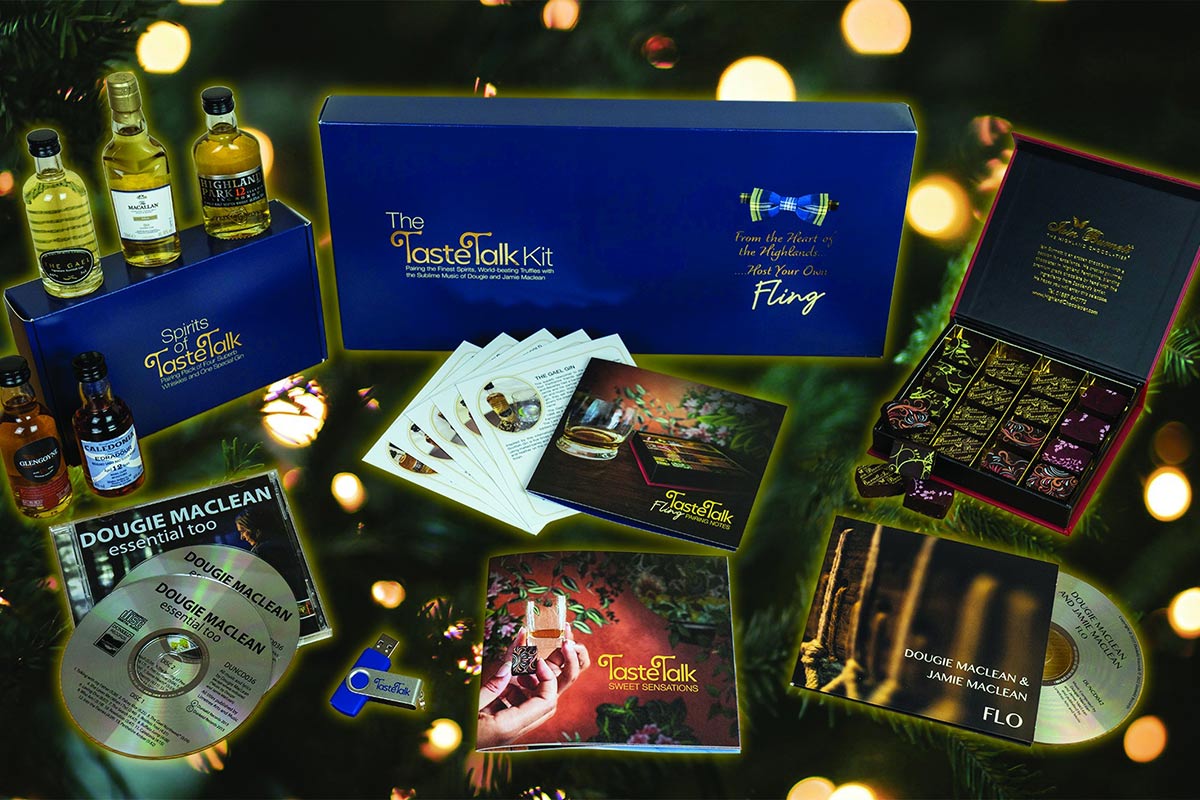
The Symbolism of Hogmanay
Hogmanay, Scotland’s New Year’s celebration, is steeped in rich symbolism that transcends mere festivity. It represents a profound intersection of ancient rituals and contemporary traditions.
Bidding Farewell to the Old Year
As the clock strikes midnight and the first footers – traditionally a dark-haired man, symbolising good luck – step into homes, Scots bid farewell to the old year. The final verse of Auld Lang Syne is sung, encapsulating the essence of reflection and remembrance, marking the end of one chapter and the beginning of another.
Welcoming the Year Ahead: Hopes and Resolutions
Hogmanay is a time to welcome the year ahead with hopes and resolutions. The torchlight processions, fire ceremonies, and first-footing rituals symbolise a collective desire for prosperity, good health, and happiness in the forthcoming year.
Clearing All Your Debts: Starting Afresh
A significant custom is clearing all your debts before the New Year, symbolising a fresh start and the opportunity to embrace the future unburdened. This tradition underscores the importance of beginning anew, fostering positive relationships, and letting go of the past.
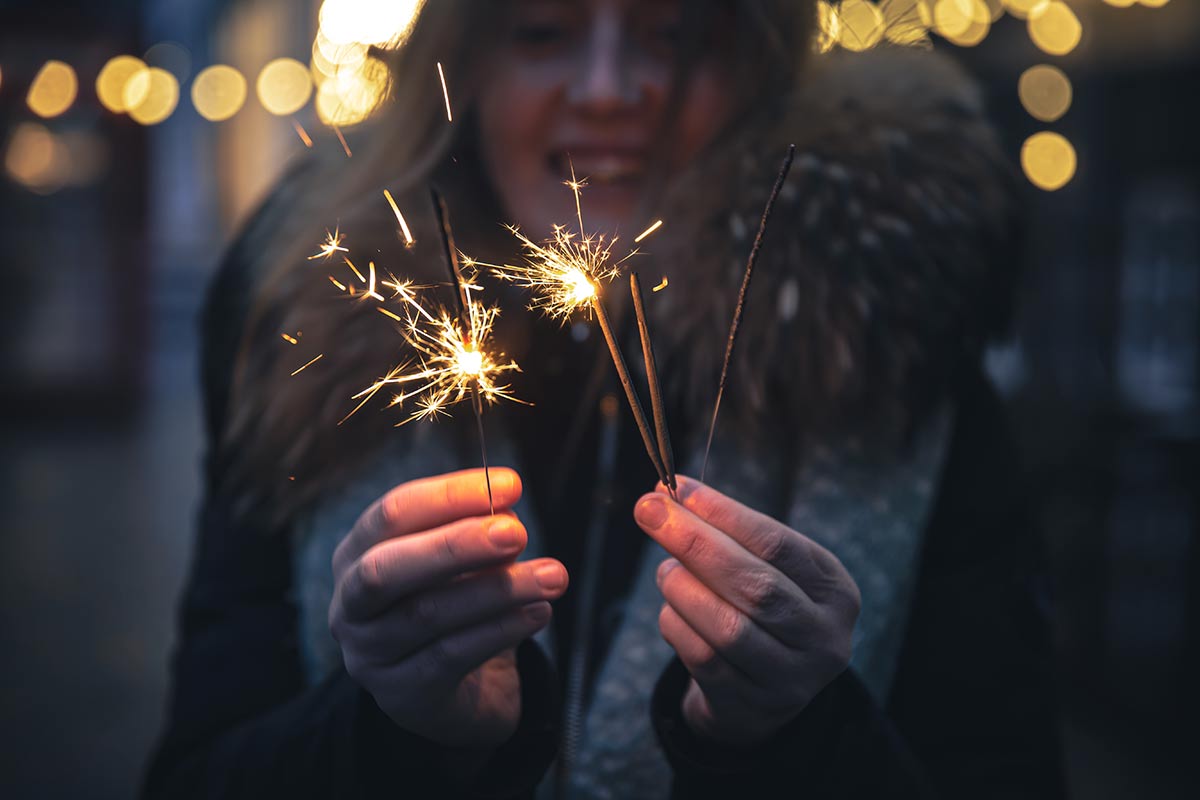
How to Join and Celebrate Hogmanay in Scotland
For those seeking to join and celebrate, Scotland extends a warm welcome. With its myriad of celebrations, traditions, and the infectious spirit of camaraderie, there is no better place to usher in the New Year.
Hogmanay, with its enduring appeal and the warm welcome of the Scottish people, continues attracting visitors worldwide, making it a timeless celebration of reflection, renewal, and joy.
